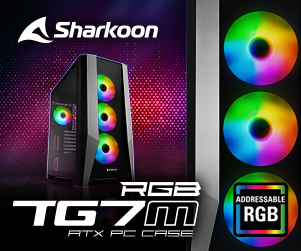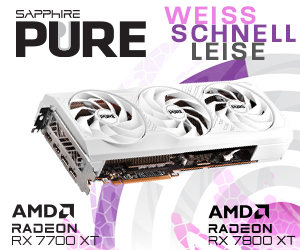Load peaks(transients) and power supply recommendation
As I have already demonstrated in detail in my basic article “The battle of graphics card versus power supply – power consumption and load peaks demystified”, higher loads in the millisecond range do exist for short periods of time, which can already lead to inexplicable shutdowns in the case of poorly designed or improperly equipped power supplies. The TBP (Typical Board Power) measured by the graphics card manufacturer or the reviewers is not really helpful for a stable system design. Peaks with intervals between 1 and 10 ms can lead to shutdowns in very fast reacting protection circuits (OPP, OCP), especially in multi-rail power supplies, although the average power consumption is still within the norm.
For the card, I would calculate with at least 300 to 320 watts proportionate to the total power consumption of the system on the secondary side, in order to have enough reserves for the worst case scenario. If the power limit is fully used via the MorePowerTool, it would be up to 300 watts continuous load and peaks of 380 watts to be considered.
Transients as detail graphics in different resolutions during 3D loop and stress testing
A short excerpt with higher resolution now shows us the even higher resolution 20-ms measurements (10 μS intervals), as I run them automatically to determine the value. First, let’s start with 3D loop again:


During the stress test, the downregulation of the telemetry is clearly visible in the small intervals.


- 1 - Introduction and Technical Details
- 2 - Test System and Methods
- 3 - AutoCAD 2021
- 4 - Solidworks 2021 (No FSAA)
- 5 - Solidworks 2021 (FSAA Enabled)
- 6 - Inventor Pro 2021
- 7 - 3ds Max, Catia,Creo, Energy
- 8 - Maya, Medical, Siemens NC, SW 2017
- 9 - DirectX 11, DirectX 12, Vulkan, OpenGL and DXR
- 10 - AI and Compute
- 11 - Rendering
- 12 - Power Consumption in Detail
- 13 - Transients and PSU Recommendation
- 14 - Clock Rate, Temperatures, Fan Speed and Noise
- 15 - Summary and Conclusion


































Kommentieren